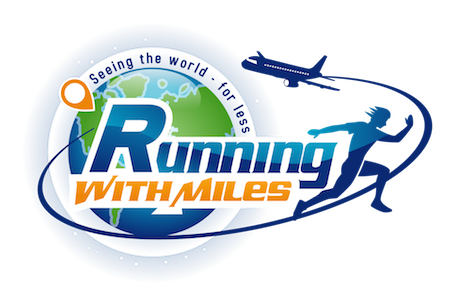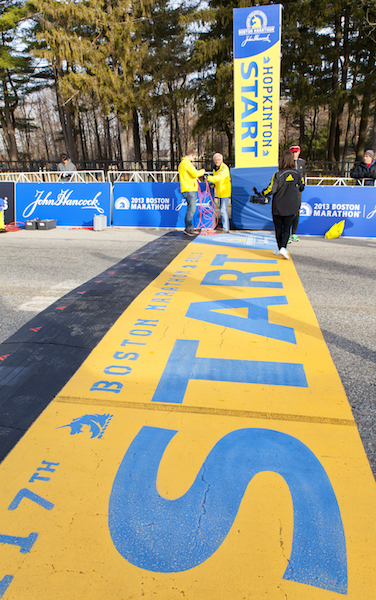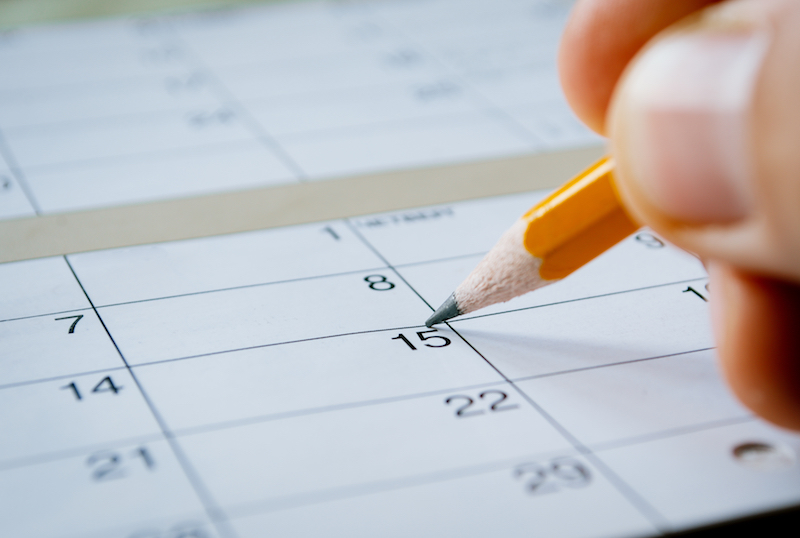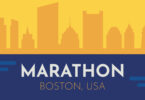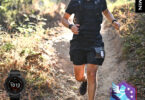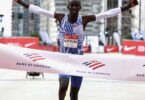Qualifying to run the Boston Marathon is something many marathoners aspire to at some point in their running life. It certainly is a major goal of mine! The biggest “problem” with qualifying for the Boston Marathon is also the allure of the Boston Marathon – the somewhat strict qualifying times. They are age-graded and even if you do end up qualifying, you still may not get in the marathon based on how many people sign-up for that particular year! This year, that magic number was 2:28 – successful entrants had run 2 minutes and 28 seconds faster than their age/gender qualifying mark!
Because I will be able to enter a new qualifying segment soon, I have begun to look at possible races to run to qualify for the Boston Marathon before too long. I thought it may help those on a similar path by describing 5 of the things I look for when search for a Boston Marathon qualifying race.
5 Tips For Selecting A Boston Marathon Qualifying Race
Before we get to my 5 tips, here are a couple of things you should know about the qualifying standards. First of all, the window for qualifying for the Boston Marathon actually opens about 1.5 years before the actual race. For example, the qualifying window for the 2017 Boston Marathon opened up on September 19, 2015. That means you have any time after that to run a qualifying race (until the registration period closes in September of the following year).
Second, your qualifying time that you need to run is not based on your age when you run the qualifying race but is based on your age on the day of the Boston Marathon you are qualifying for. For example, I am currently 33. The next age qualifying timeframe is for 35-39. That means that I can qualify now in any marathon for the 35 year old qualifying standard because I will be 35 when the 2017 Boston Marathon is run. Pretty nice, right? 🙂
Best Marathons To Qualify For The Boston Marathon
For reference, here are the qualifying standards for the Boston Marathon:
[table “” not found /]1 – Race Elevation Profile
This is a pretty obvious one for most and all but the very strongest of the runners – check the elevation profiles of the marathons you are considering as Boston Marathon qualifying races. Most marathons will have the elevation profile located on their website near the course map. If you cannot find it on the marathon website, search for it on places like MapMyRun or Garmin Connect or any of the other running workout sites. On those sites, you can find the upload of other runners who have run that particular race and it will give you a good idea of what the elevation is like.
Also watch out for words like “fast and flat” on race websites. Just because a race claims it is fast and flat does not always mean that they will be fast. I have run marathons before that advertised that but there were several points on the course where runners merged with runners from the other distances and at paces that were slower than what we were running. These bottlenecks could easily take minutes off of your time depending on how crowded it gets. Make sure you read reviews on that particular race to see if that is the case.
Finally, finding a really nice downhill course does not mean you can punch your Boston Marathon ticket once you sign-up. The St. George Marathon is well-known for the half-mile descent over the length of the course and many runners sign-up without properly training. That much downhill can kill your quads and you can find them burnt out before you reach the finish line. Study the elevation profile and train for it – whether it is all downhill or flat.
2 – Time Of Year
With the majority of marathons in the spring or fall, that will likely be when your marathon that you choose will be. But, just because a marathon is in the beautiful fall weather does not mean that it will be an easy road for you to Boston. Depending on where you live, a September/October marathon means that the bulk of your heavy training may take place in July and August. Where I live, that is very hot and humid! It is hard to hit your training paces when the weather is that hot and not hydrating enough can really set you back in your training because of the fatigue to your muscles. This was the case with the Reykjavik Marathon I ran one year. It is in August, but Iceland is very beautiful and just the right temperature then. But, my weather in training was terrible. If I had been using that as a goal race, it would have been hard to get my miles and times in during training because I do not handle the humidity that well.
The same can be said for spring marathons. If you are in the northern US, that means that an April marathon will have you training the cold and (most likely) snow of February and March. Growing up and running in Western New York, I have had more than my fair share of training runs in the winter and it can be difficult! Not only is the cold difficult to deal with but slick/slippery roads can make hitting accurate paces very difficult. That means treadmill time but even that can be difficult since you want the road training as well.
Of course, unless you love the weather, it should go without saying to avoid summer marathons in the hot part of the country and avoid winter marathons in the cold parts. While it is possible to still qualify, most people will have a very hard time doing so in those conditions.
3 – Crowds
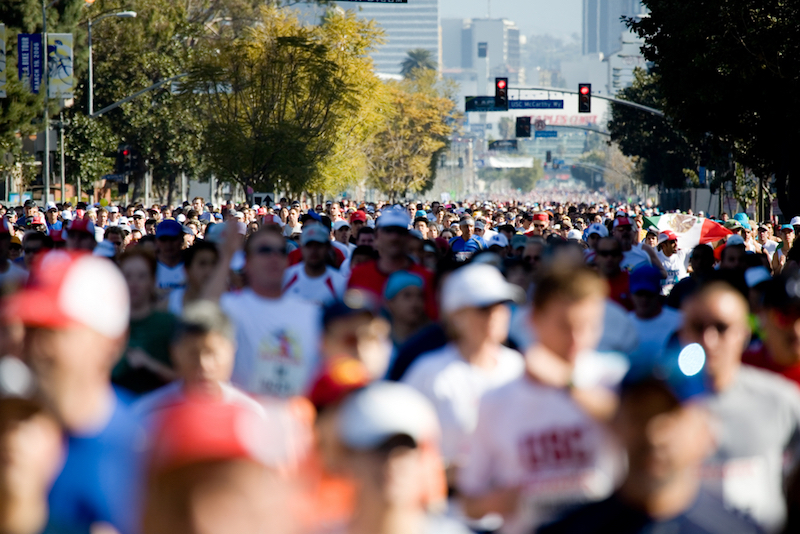
Crowds can help you get to that Boston Marathon qualifying time (as long as it is not too crowded!) | Courtesy coronado / Shutterstock
I have run many events where there were no crowds to speak of – running in the race or cheering from the side. While there are many runners that like the solitude, I have always found my pace to kick up when I am in crowds or running by cheering crowds. So, I use that to help me with my selection – looking at races that have a healthy number of runners starting and enough areas of coverage in places of population that crowds should be out.
Running with more people is helpful for me in two ways – a) it helps me to have company and talking with others helps me to not notice as much when the pain sets in as well as making me keep up with those that are still going strong and b) it helps me when I am able to pass other people as it gives me a nice confidence boost later on in the race.
Bonus – Pace Teams
Here is like a bonus under this one – check to see if your chosen race offers pace teams. With GPS watches, we really do not need them as much for the timing part of things but they can be very useful for helping you get to your time goal! Some marathons may not offer pace teams for all Boston Marathon qualifying times, so check on the site to see.
4 – Course Style
If I am running a marathon for the scenery and the experience, I want it to be as interesting and culture-filled as possible. I want to go by all the historic landmarks, I want to experience some of the fantastic views of the city – I want all of it! But, if I am running a goal race where my goal is to run a fast time or qualify for the Boston Marathon, I look at the course more for other things. One of the things I like to see is a loop course. Nothing crazy like a 3 mile loop, but something that has like a double loop or so. There are a few reasons that is good for me and others – a) it helps because you have the first loop to learn the course b) it helps crowds to be able to congregate in greater numbers since they will see everyone more often c) it helps the race organizers to have better aid stations since there can be fewer stations overall and d) if the loop is small enough, it can help to pass people in the last loop to give that boost near the finish.
The course I have picked out for my goal race (not necessarily sure yet it will be my Boston Marathon qualifying race this time!) is perfect for that – it is a double loop. That works out well to give me enough time and distance on a loop that my surroundings won’t become boring but also allows me to get the feel of the course first time around.
5 – Location
This is the fun one – for those of us who use miles and points, it doesn’t really matter where the race is! Rather than being tied down to selecting a Boston Marathon qualifying race in your home town or the next town over, you can expand and look at the whole country and even the world for the best possible race for you! Rather than looking at Hometown Marathon, you can look at some of the fast courses like the Berlin Marathon! Not only do you get to run in a cool, foreign marathon, but you could also have a shot at running a Boston Marathon qualifying time in the same marathon that claims some of the fastest times in the world!
How about the popular St. George Marathon? It can be expensive to get to if you are paying, but it only cost me about $10 for that trip when taking into account the airfare and the hotel! That is insane, but it is possible because of miles and points. The race I have picked out is in a part of Europe that I have not visited yet and which has some pretty pricey tickets, even from other spots in Europe. But, thanks to miles and points, that cost drops like a rock to just being taxes and fees.
If you get into miles and points, you can let the other tips be your guidelines for selecting a Boston Marathon qualifying race and not worry about where it leads you. That is one of the fantastic benefits of miles and points and it can be brought to full use with something like this! If you are new to miles and points, shoot me an e-mail to get started with it!
Summary
Qualifying for the Boston Marathon is a great goal that requires some great training for most of us. But, not only does training go into it but selecting the perfect Boston Marathon qualifying race can also have a big impact on it. Hopefully these tips will help you get started in selecting that race so that you can toe the line at the Boston Marathon before too long! I hope that the race I have selected will help me to be able to join you there! 🙂
